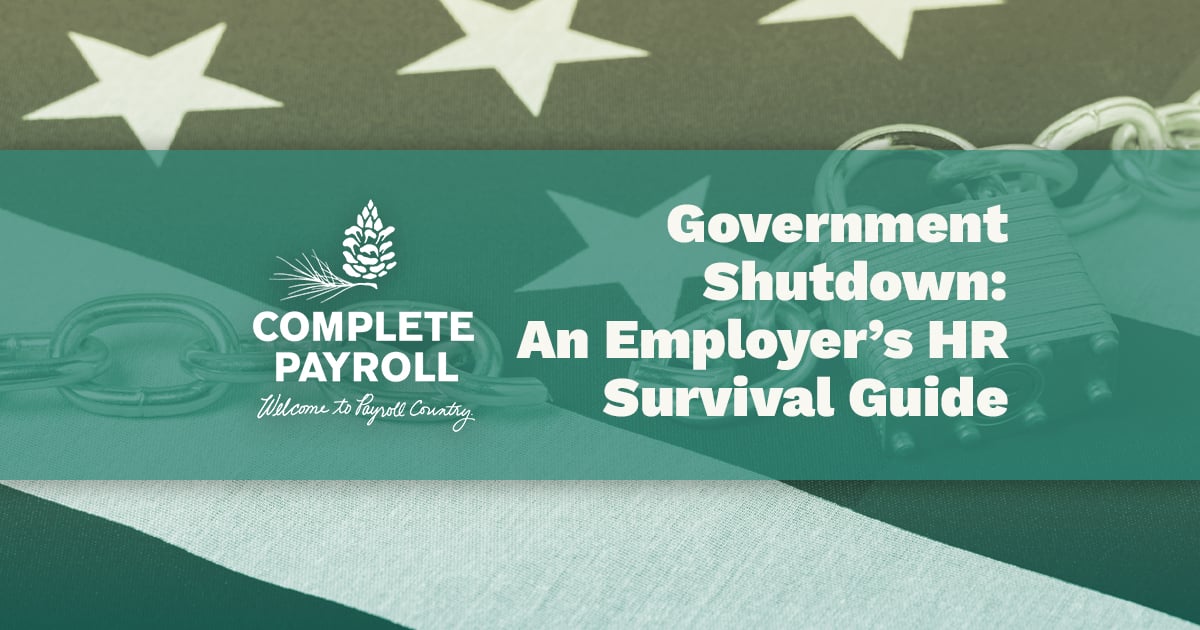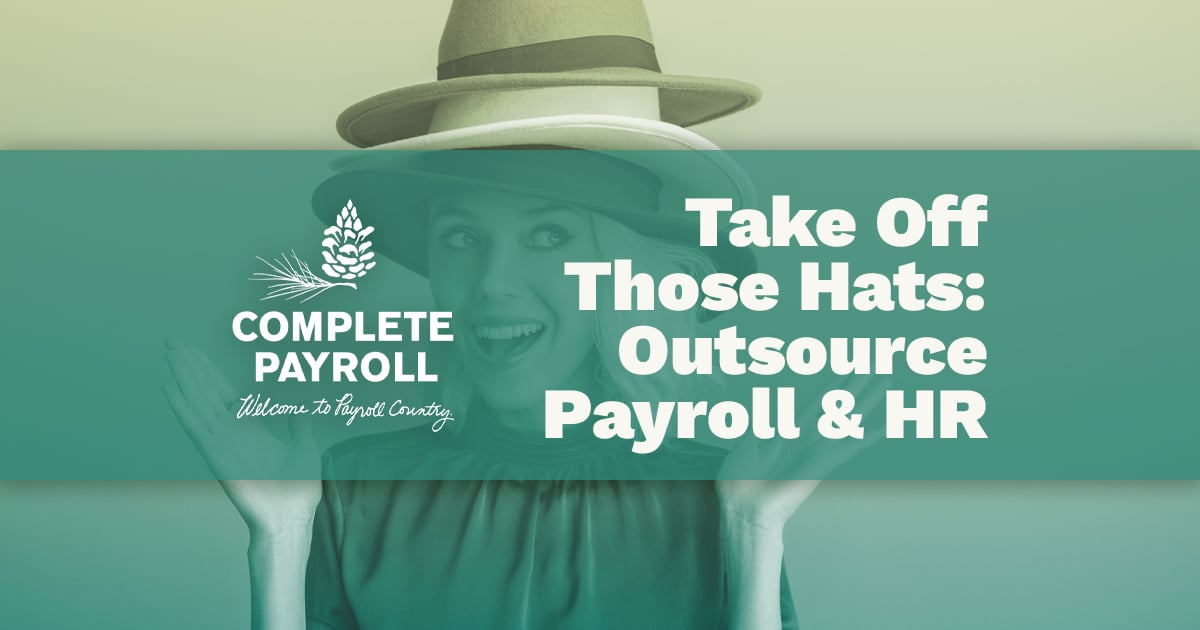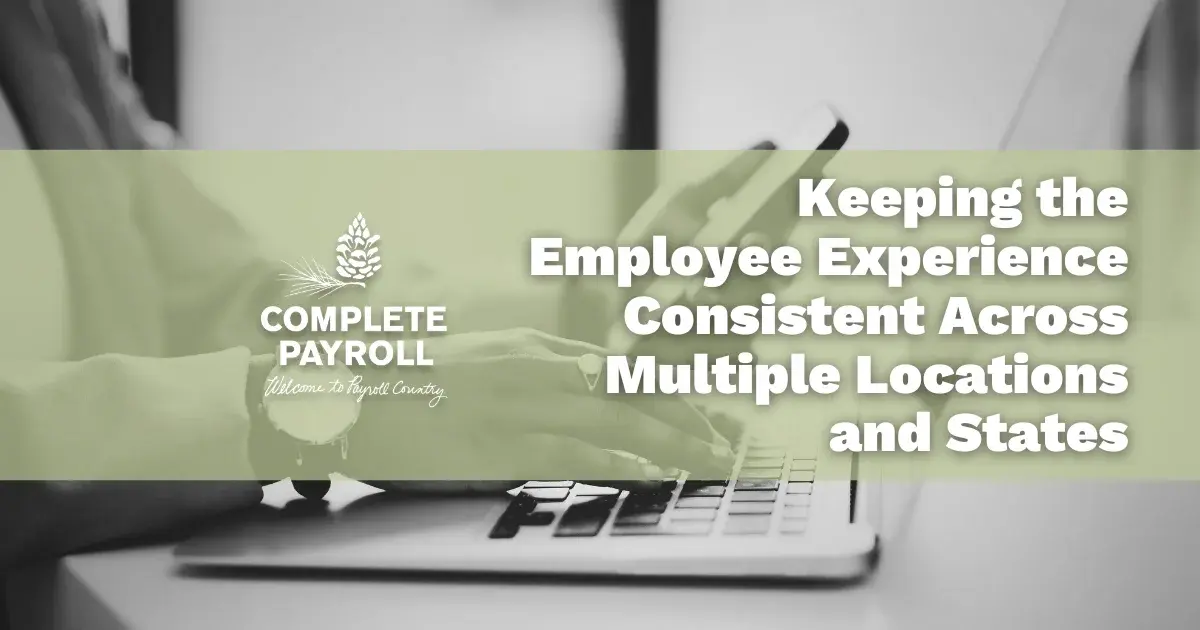Addressing the Mental Health of Employees When Termination is Necessary

Written by Complete Payroll

In the field of human resources, one of the most unsavory tasks is the termination of an employee for any reason.
However, it can be even more difficult to do if the employee being terminated suffers from some kind of mental health issue. In today’s post-pandemic world, that includes as many as 21% of American adults, around 50 million people. With this high rate of mental health issues, chances are you’ll have to deal with someone it affects in your HR career.
When terminating an employee that struggles with mental health, there are more than just ethical questions that may arise. You also need to be aware of legal issues that apply to your situation.
Legal Implications of Terminating an Individual with Mental Health Issues
Many mental health issues fall under the Americans with Disabilities Act (ADA). Therefore, there are certain protections employees may benefit from that can complicate termination procedures. These conditions include:
- Major depression
- Post-traumatic stress disorder (PTSD)
- Anxiety disorder
- Bipolar disorder
- Schizophrenia
- Obsessive-compulsive disorder (OCD)
While the ADA doesn't prohibit firing employees with mental health disorders outright, it does prevent employers from terminating them based on factors that have nothing to do with their performance or contributions to the team or company. Violating this condition could result in serious legal consequences.
It’s important to thoroughly understand the rights of employees with disabilities, including mental health disorders so that you are always in compliance with these laws. Otherwise, it could end up becoming a costly wrongful termination suit for your company.
Preventing Termination in the First Place
The ADA provides many different protections for individuals with disabilities, but one of the biggest is that an employer must provide reasonable accommodations to allow employees with disabilities opportunities to perform essential duties of their job.
Check Out a Recent Episode of Unfiltered HR on Employee Accommodation:
When an employee is struggling with a mental health disorder that is impacting their job performance, it is important to cooperate with them to identify reasonable accommodations that can aid in their success. This could include adjustments to the employee’s duties, work schedule, or physical work environment.
It’s also vital for employers and HR professionals to create a supportive workplace that encourages employees to seek help for their mental health issues. Employers should offer resources and support that can assist employees in managing their mental health issues and ultimately enhance their work performance.
Finally, employers and HR professionals should always approach every employee, especially those dealing with mental health disorders, with empathy and understanding. The stigma that surrounds mental health disorders is very real and often not treated with the same kind of understanding as physical disorders. Creating an inclusive workplace helps support all employees no matter what they’re dealing with inside or outside of work.
When You Need to Terminate an Employee
Despite accommodations and empathy, there are times when terminating someone with a mental health disorder is necessary. If this is the case and all other efforts have been exhausted, you must follow procedure to the letter to avoid costly lawsuits.
Steps to take to ensure a successful process include:
1. Know the ADA Inside and Out
The ADA covers employers who employ at least 15 people for at least 20 weeks of the calendar year. Make sure you qualify as an employer before anything else. Next, confirm that your employee is protected under the ADA, as not all mental health disorders are part of these protections. It’s also important to note that any mental health disorder that is not disclosed by the employee is also not protected. If they have not disclosed it and you just have a suspicion, they do not fall under ADA protection.
2. Consult Legal Counsel
Even if you think you know your legal obligations as an employer, consulting legal counsel is always recommended before making any decisions or scheduling any meetings. They can help you ensure that all efforts have been exhausted in the attempt to give the employee equal access to performing their job.
3. Thoroughly Document Performance Issues
Any records of employee performance issues need to be thoroughly documented. What’s more, you should also document all attempts at addressing these issues. along with accommodations and support that have been provided to help. This documentation should include examples of duties not being performed and how the employee’s performance is affecting the business.
4. Follow Standard Termination Policies
Once you’ve gathered your documentation and consulted your legal counsel, follow standard procedures for termination as laid out by your company’s employee handbook. Make sure to retain professionalism and respect as you clearly tell them why they are being terminated and any benefits or compensation they are entitled to.
Understanding the personal needs of your employees is just one of the many vital functions you serve as an HR professional. If you need help with this and any others, Complete Payroll is in your corner. Check out our blog today for a complete list of all of our articles to help you navigate the world of Human Resources.
















 Get Instant Blog Notifications
Get Instant Blog Notifications


